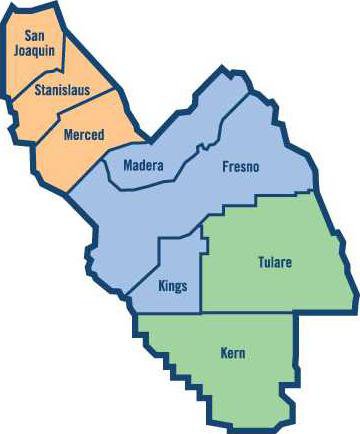The Northern San Joaquin Valley – San Joaquin, Stanislaus and Merced counties – was the fastest growing region in California from July 2016 through June 2017. The 209 grew at twice the rate as the state as a whole. Placer County in the Sacramento area was the fastest growing county with a 1.56 percent jump in population followed by Stanislaus and Merced counties tied at second at 1.47 percent followed by San Joaquin County at 1.46 percent.
Northern San Joaquin Valley Adds Residents
209 Growth





